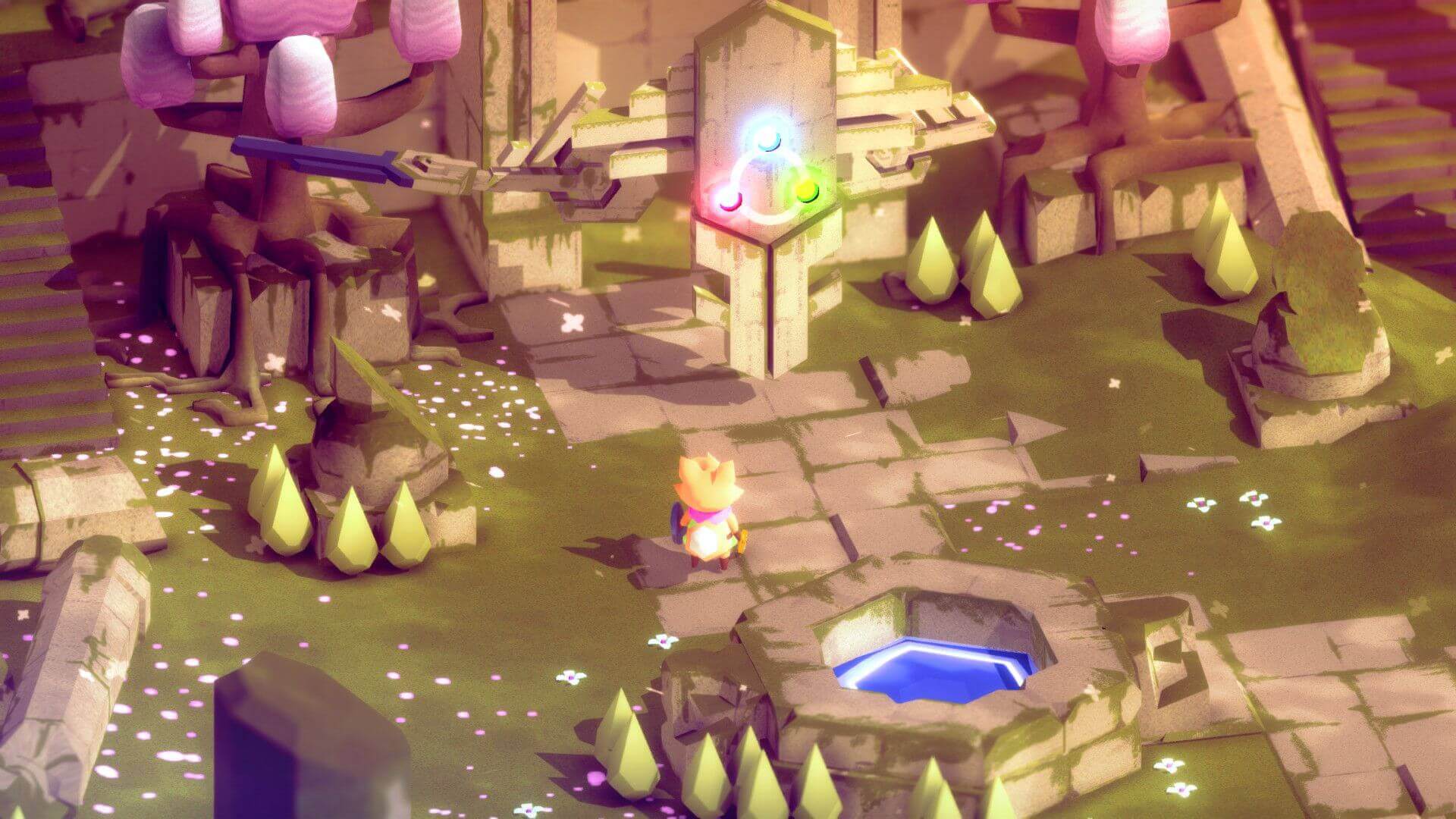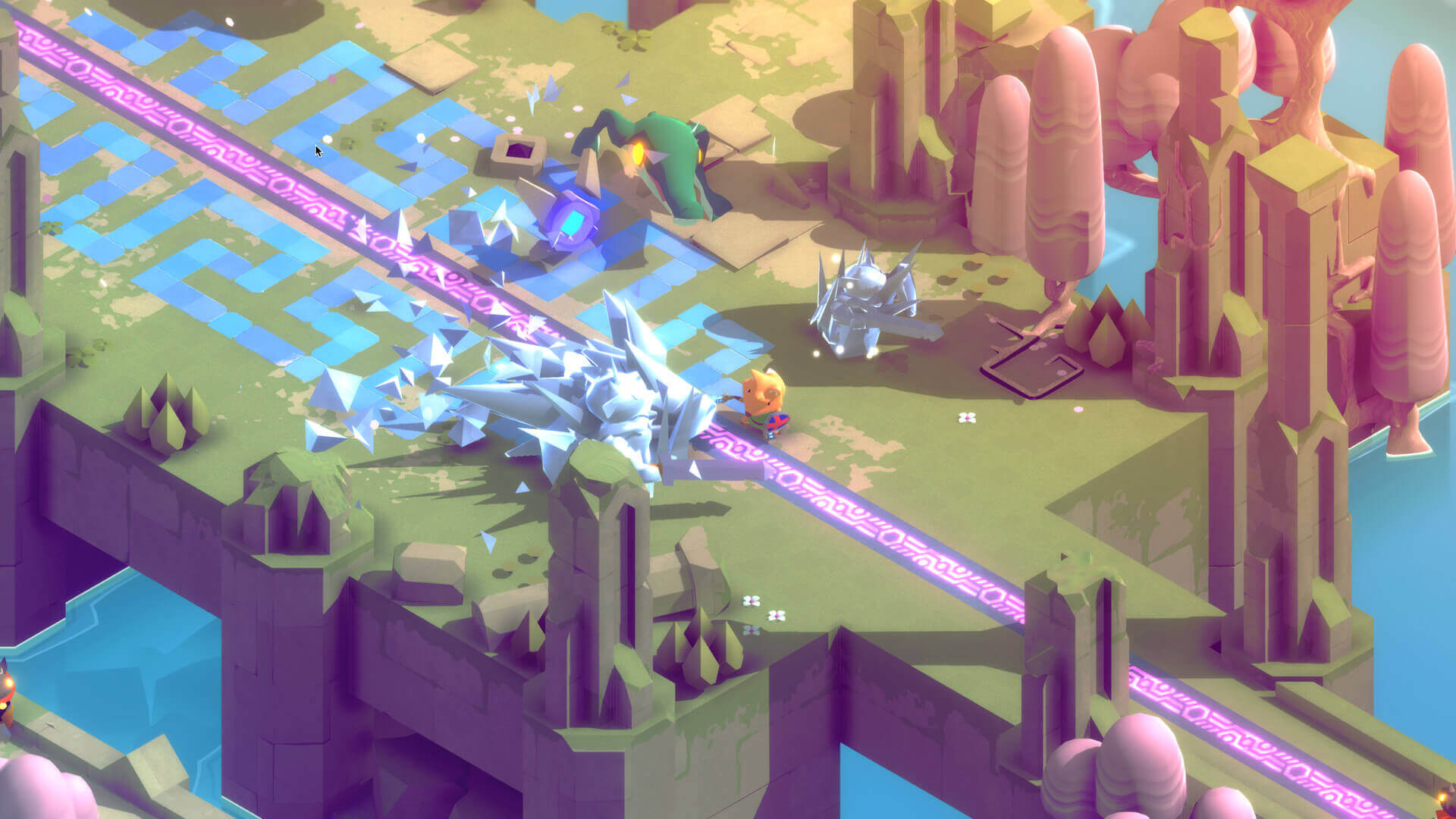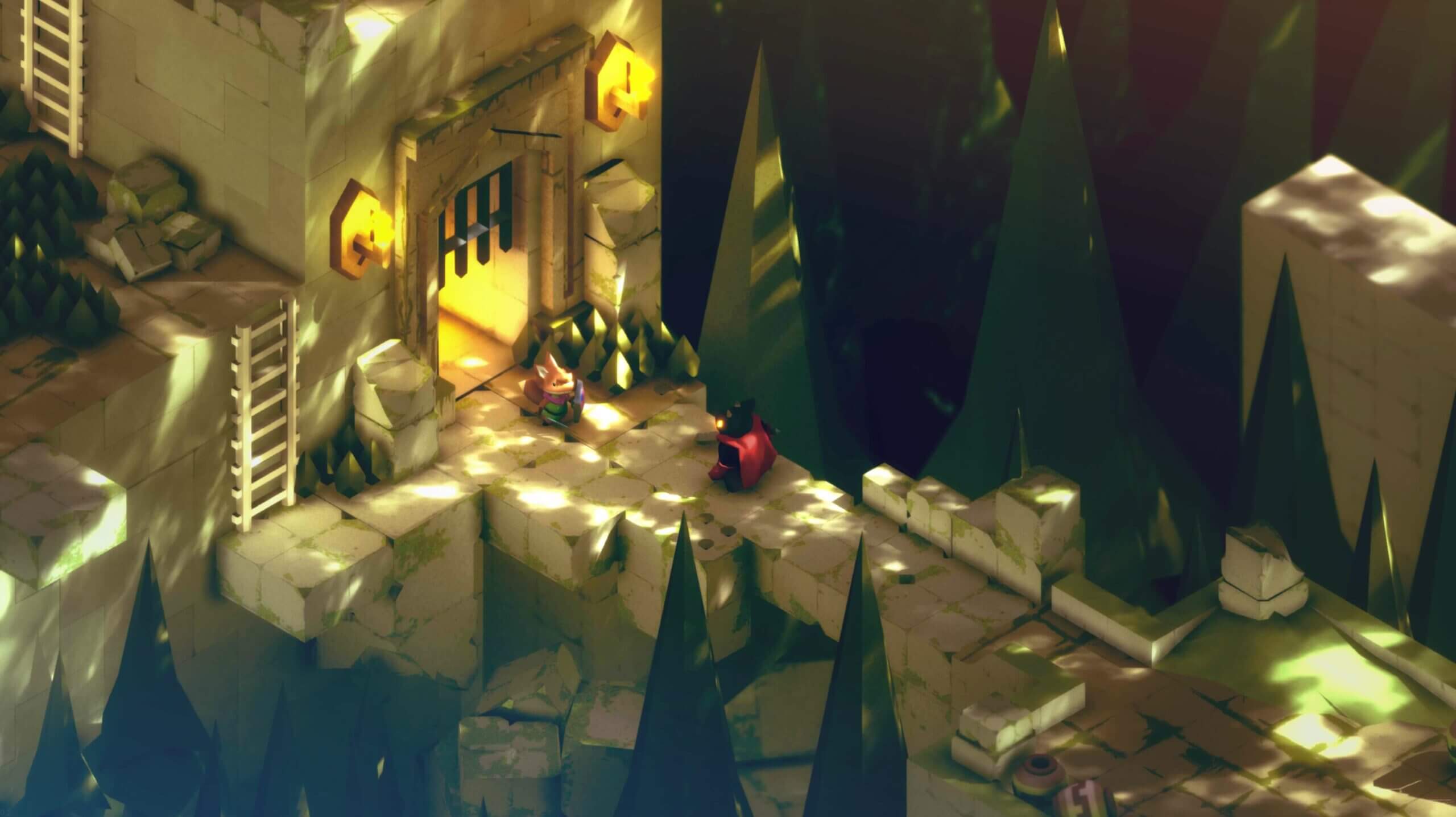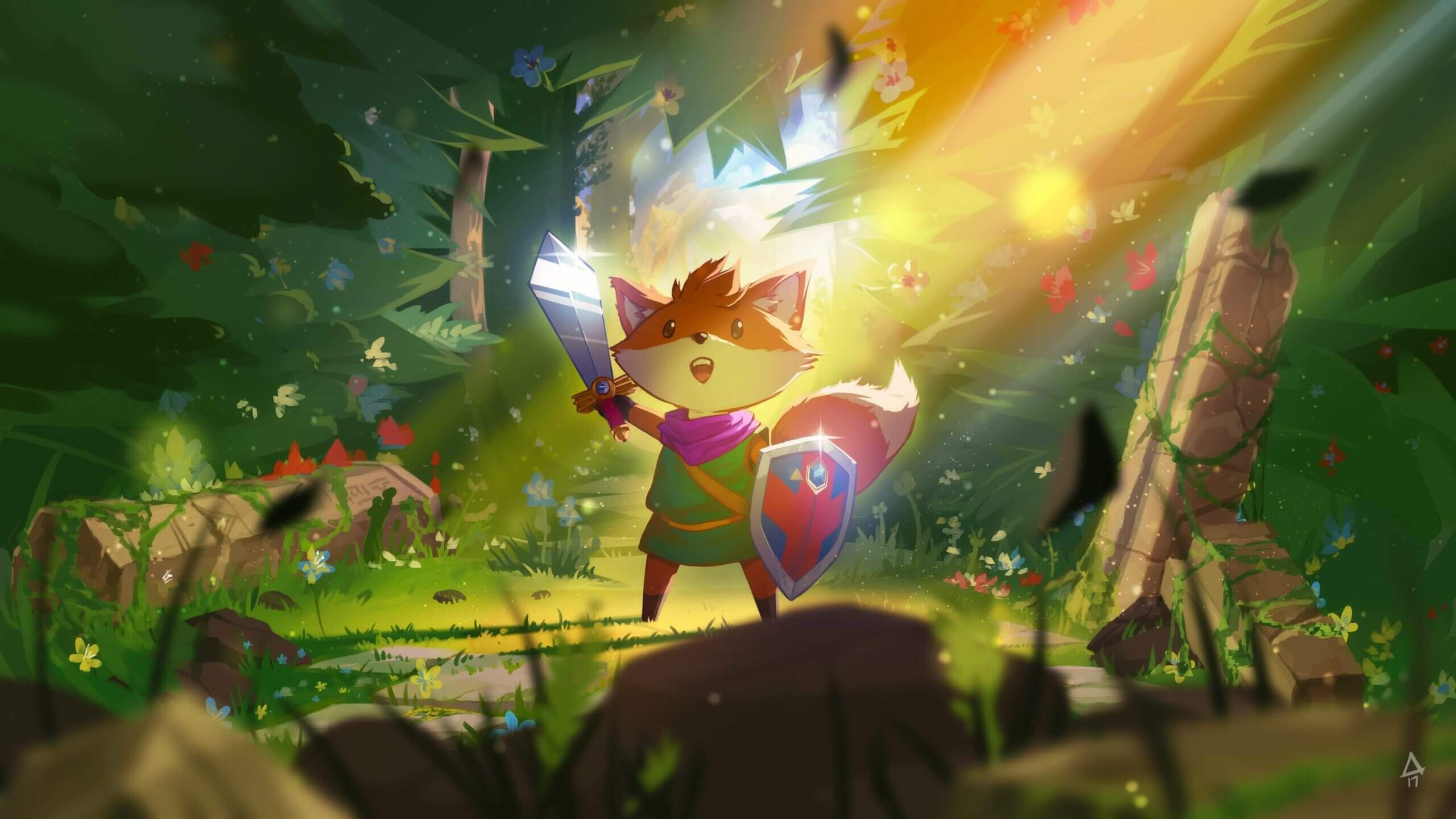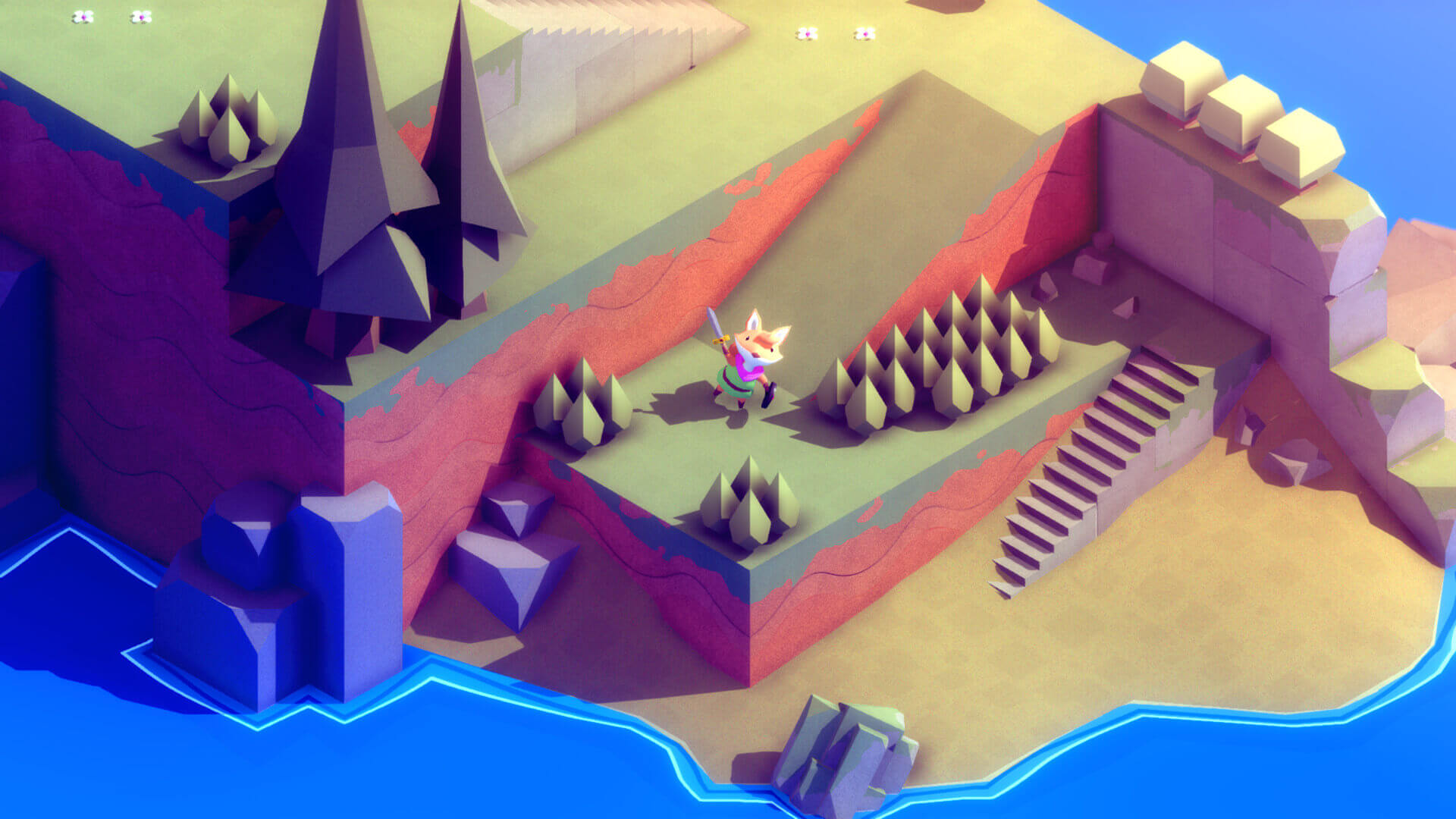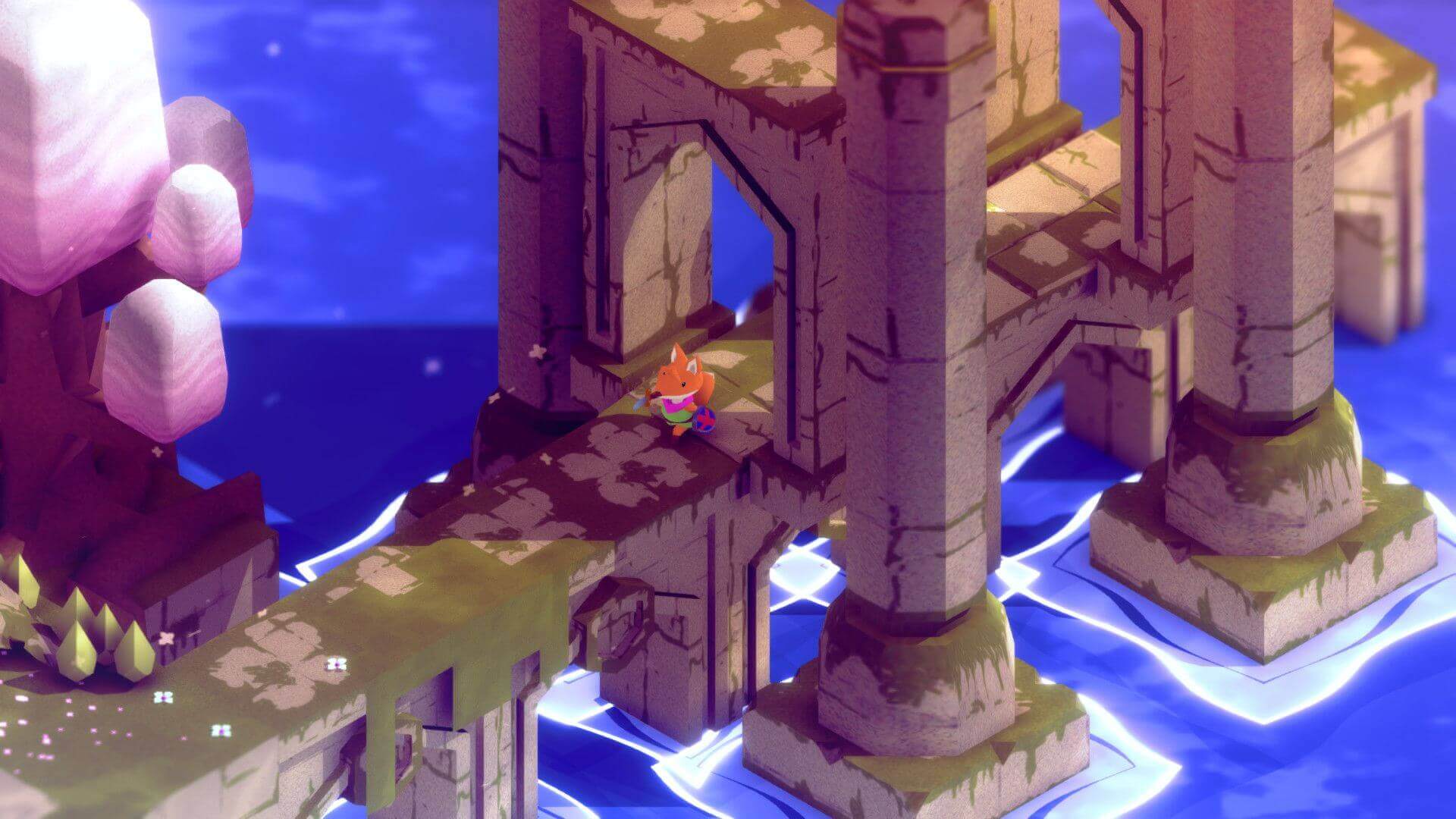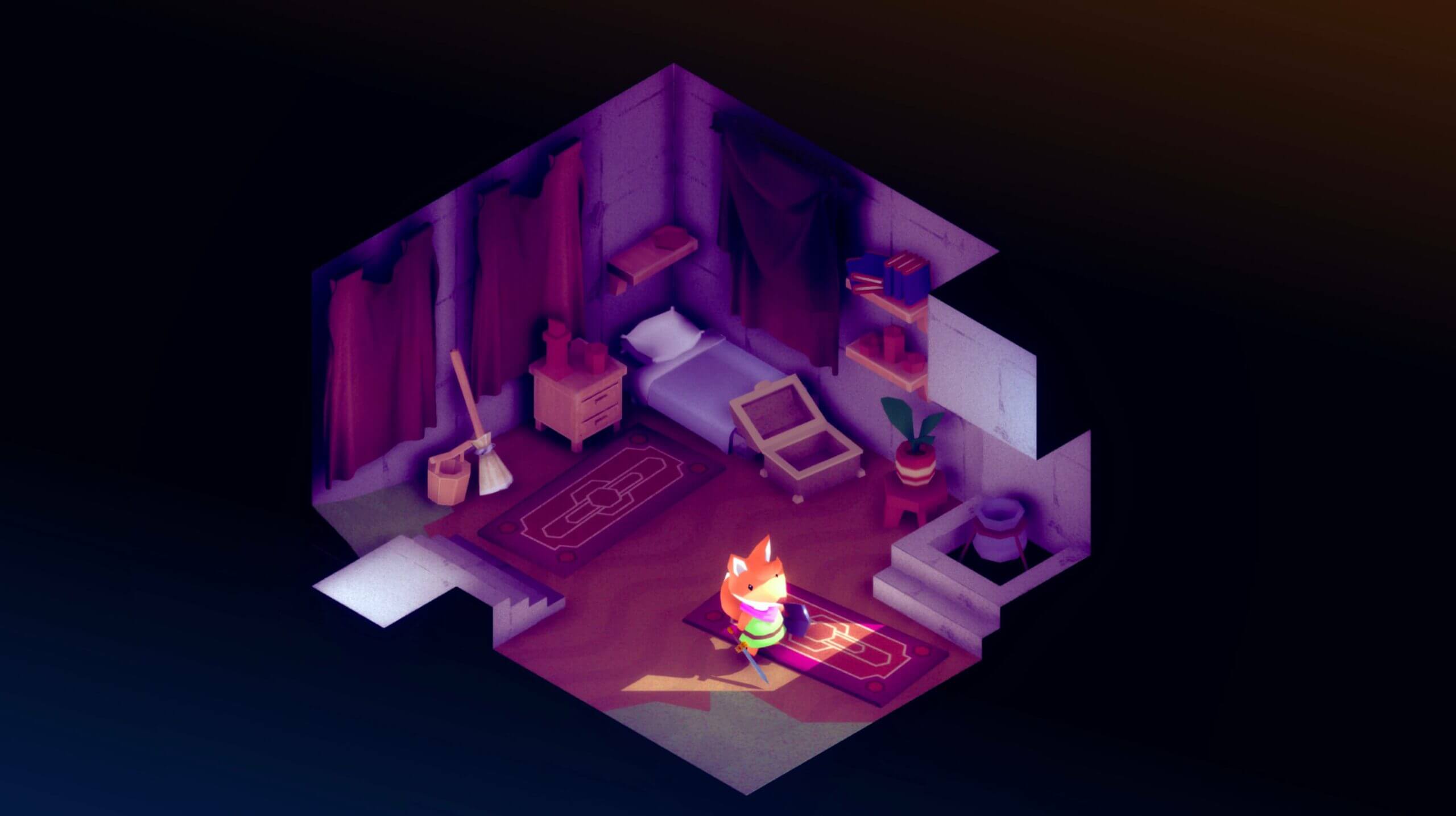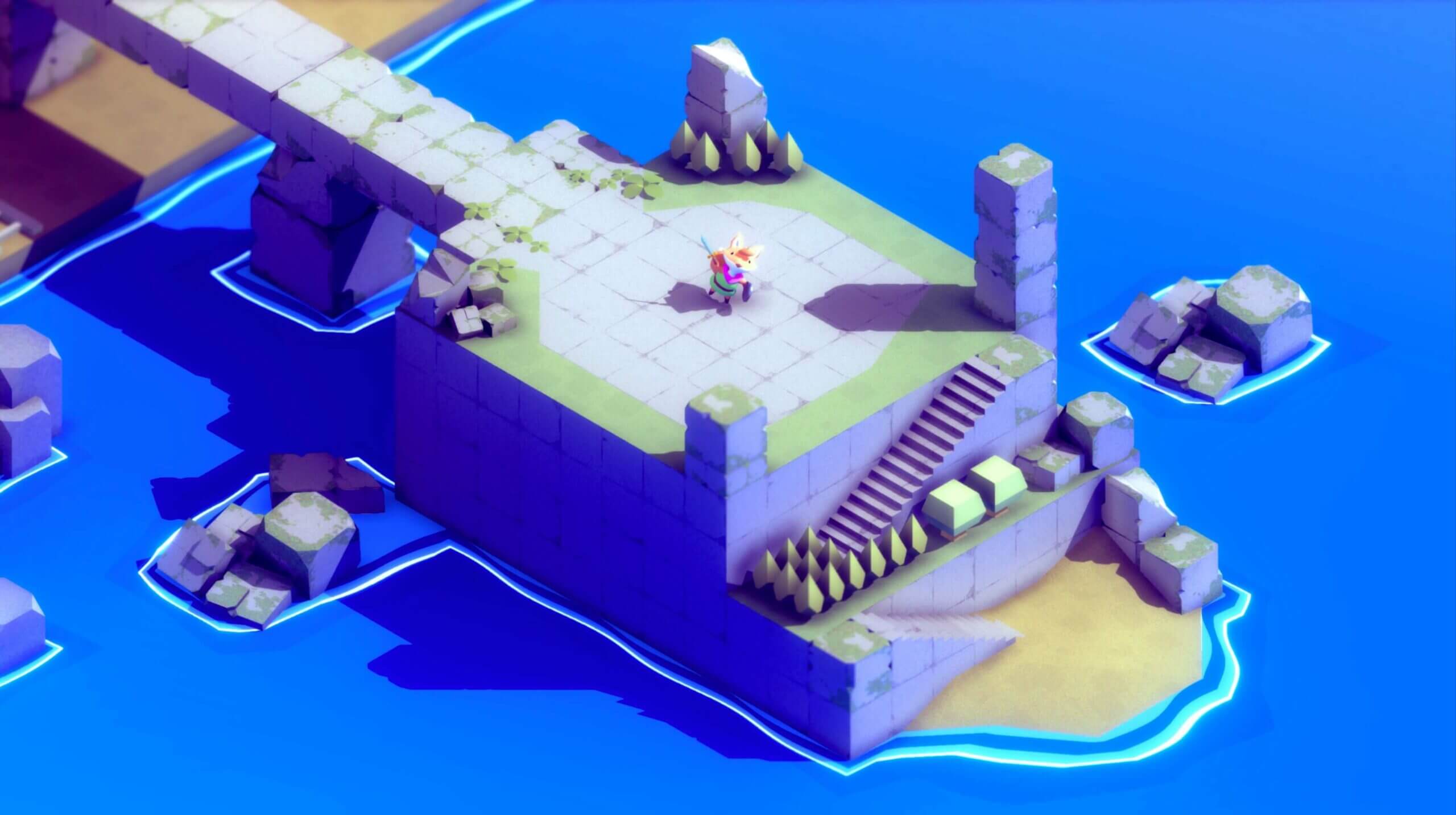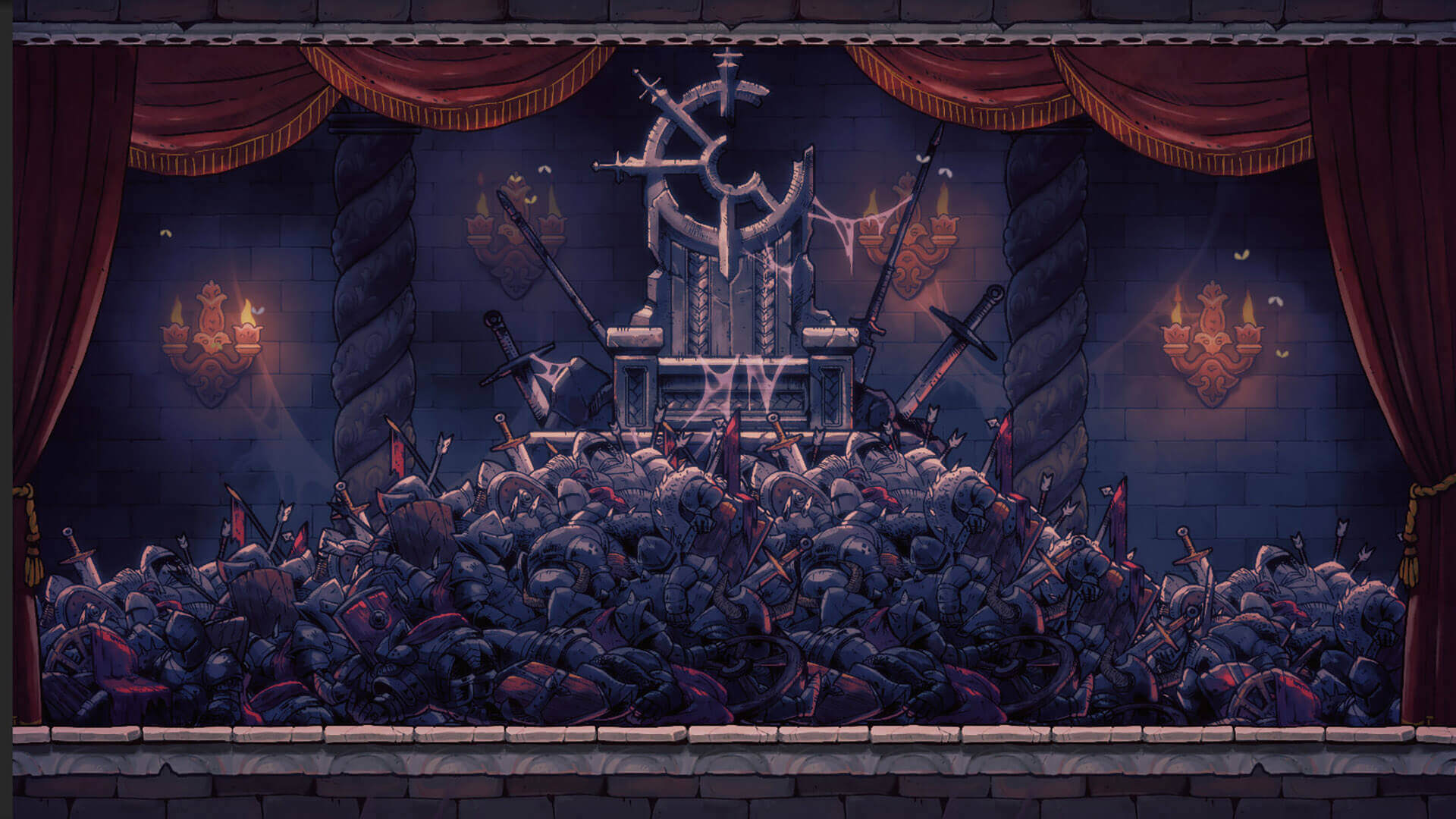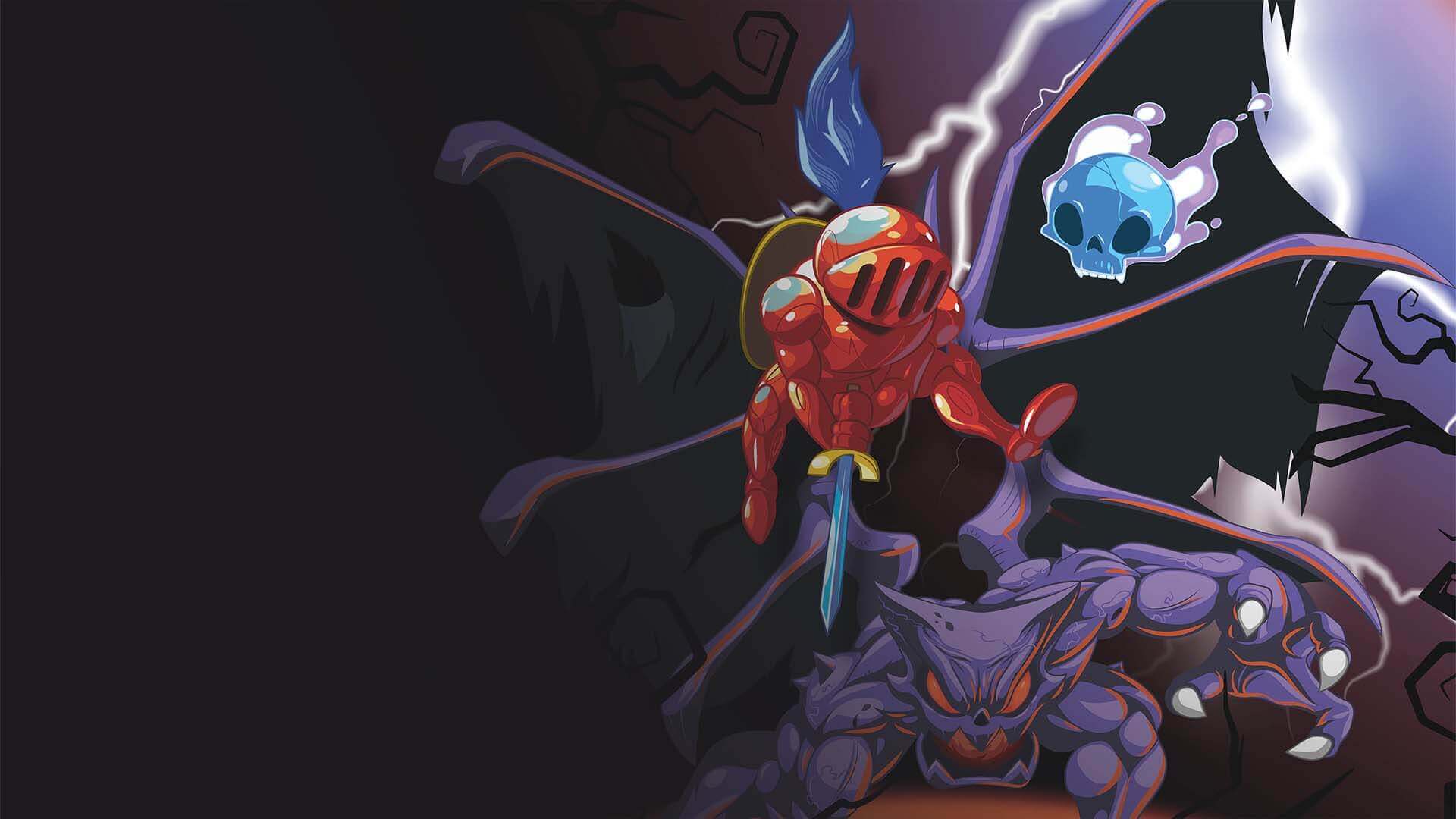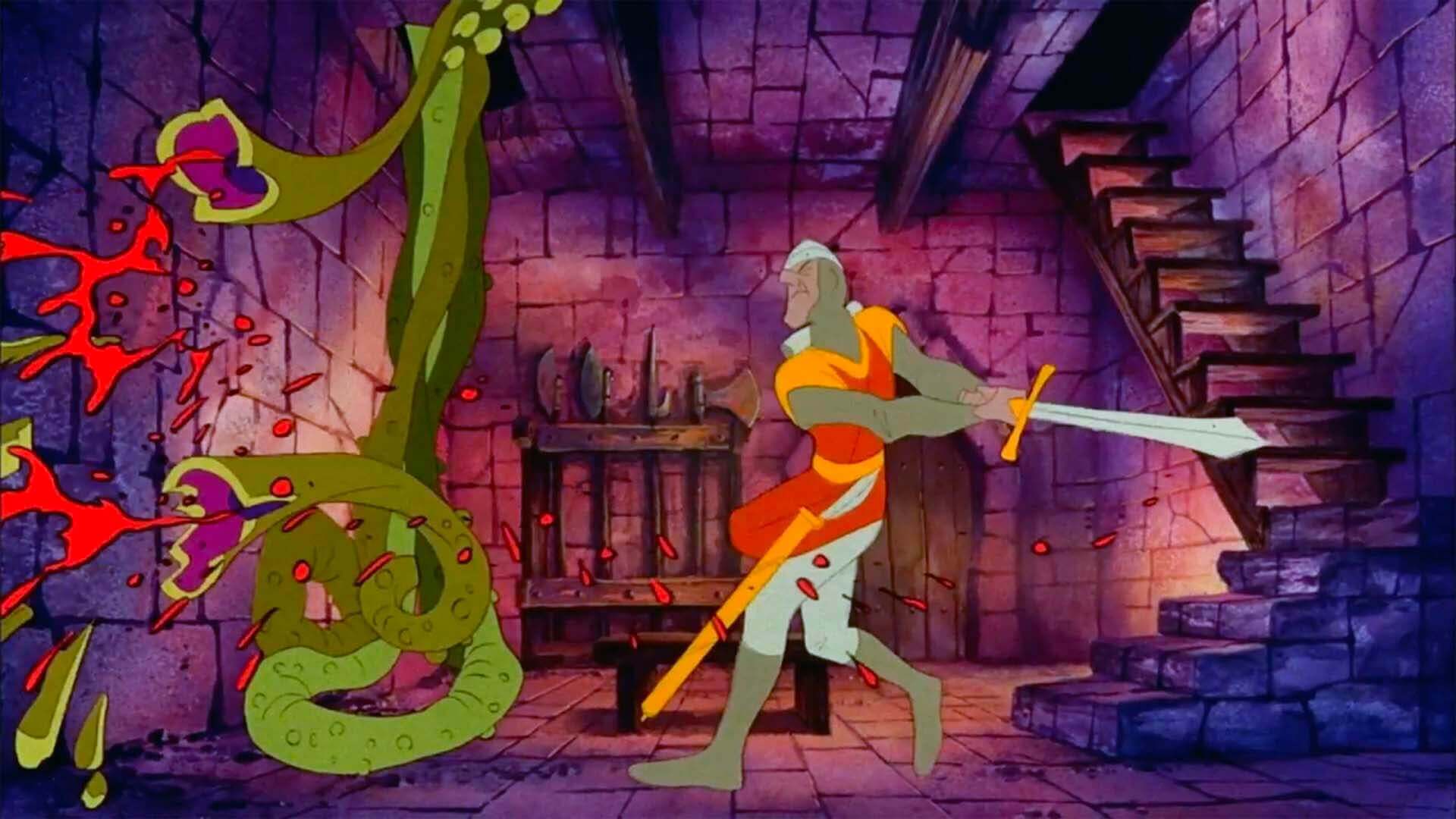March 19, 2022 — Tunic was cooking for a long time in the indie oven. It began as a game called Secret Legend and was first shown off at trade shows in 2015. Eventually, the name was changed to Tunic. Even with the title change, it can be seen from early footage that the setup of the game’s mechanics had not changed that much over the course of its impressive seven-year development cycle. So, the big question is, was Tunic worth the wait?
“Ultimately, ‘Tunic’ is a solid action-adventure game if not somewhat derivative in its simplified nature.”
Setting Up The Story
Tunic can easily be likened to another clone of The Legend of Zelda. Indie games have been taking a similar approach for a while now and in that sense, Tunic is not exactly special in its ambition to pay homage to Nintendo. The title itself, for example, is a reference to Zelda’s main character Link always wearing a green tunic. The hero of Tunic, a humanoid, anthropomorphic nameless fox, has been given a similar “Nintendoish” look and feel.
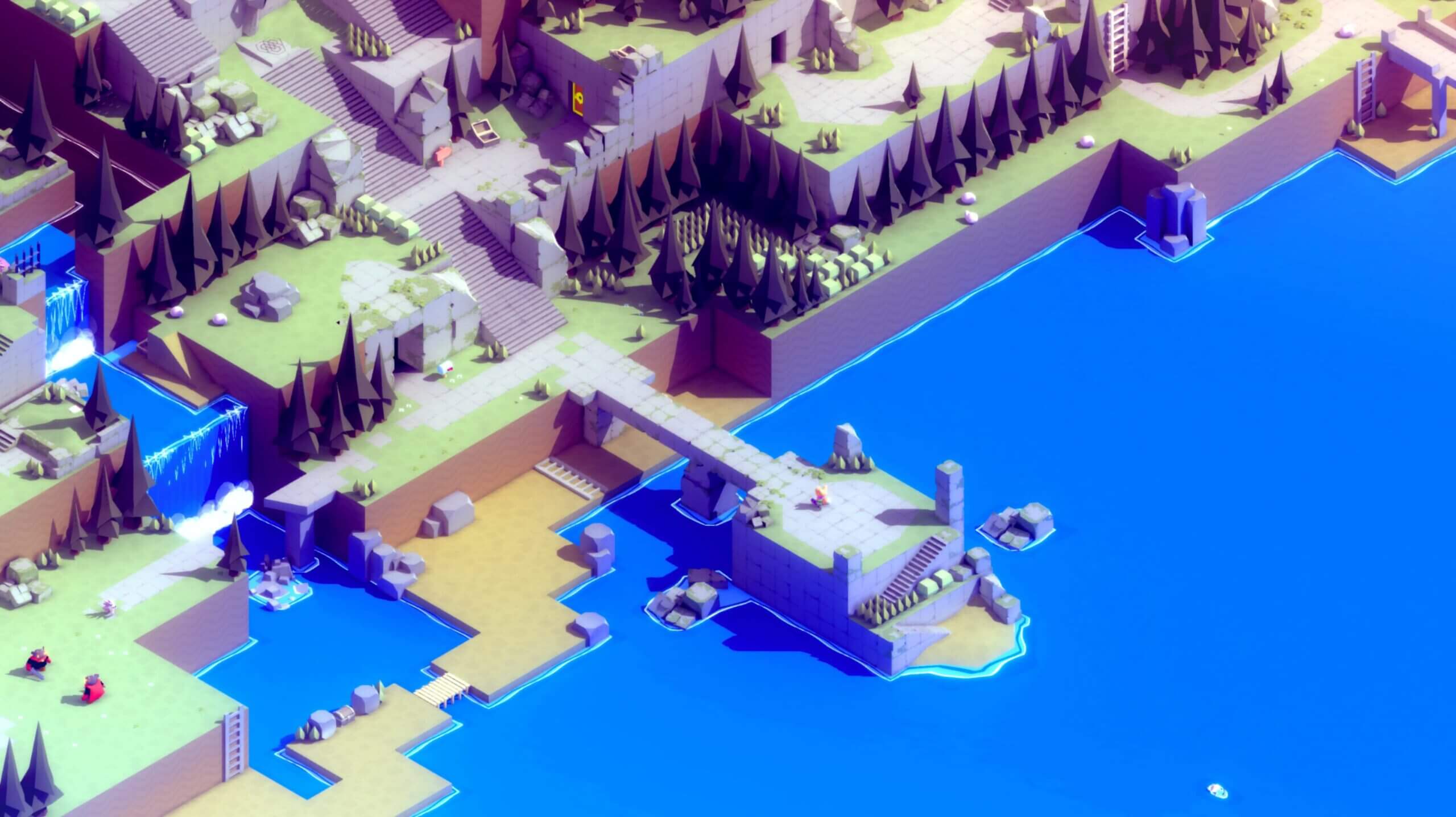
Tunic begins with our intrepidly unnamed fox hero waking up on a beach. Why are you here? What’s up with the mysterious temple above the beach? Why does the fox turn into a ghost when it dies? The narrative is obtuse, giving players context clues to piece everything together. It’s one of those indie experiences wherein players have to rely on others to unravel the mysteries within Tunic. It’s a game within a game that can be neat for some, but it flew over my head though (which might be the point.)
SIGN UP FOR YESTERMADE™ WEEKLY!
Foxplay: A Blast To The Past
Tunic starts out as a “Zelda-like” linear journey until you find the sword. This opens up a large portion of the map since players can then chop down things in their path like bushes. There is also a shield and various other gadgets and items to unlock and obtain, including potions and bombs. Overall, the game offers a fairly standard collection of gear often seen in similar action-adventure games.
There is a pair of character meters in the game, with one belonging to health, and the other to stamina. Getting hit decreases life which shouldn’t surprise anyone as that is video games 101. The stamina bar decreases when performing actions like swinging your sword or dodging while rolling away from enemies. Unlike the health meter, the stamina will refill naturally and in a way works like a “cool down” stat.
“Players can often find themselves getting stuck because of odd camera angles — even with the help of the Zelda-inspired targeting system.”
Players can also lock onto enemies with a similar mechanic to the Z-Targeting system first introduced in the Nintendo 64 title The Legend of Zelda: Ocarina of Time. This makes taking down enemies easier and may also help players uncover secrets. There is no way to manually rotate the camera which is odd since the isometric perspective hides many secrets, which makes the Z-Targeting feature even more important. Also, players can often find themselves getting stuck thanks to poor view angles — even with the help of the targeting system, the camera angle can only be slightly bent. In fact, the camera system is one of the only truly broken features in Tunic which regrettably is a rather serious problem.
Assist Options For Challenging Play
There are no standard difficulty options in Tunic such as typical Normal or Hard modes. This can make the game overly tricky and challenging since it doesn’t hold your hand in almost any regard. However, for those struggling, players can pop into the options menu to turn on assist features like the ability to disable damage.
Such assist features are becoming a trend in indie games and are even creeping into AAA titles. Games should be accessible to all, no matter the skill level or age, which is why Tunic deserves a huge thumbs up for its highly useful assist options.
Art & Judging A Game By Its Booklet
The overall nature of Tunic is somewhat basic for a modern video game and this goes across the board — from its gameplay mechanics to its cute and somewhat abstract art style. The visual structure of the fox player character, enemies, items, and environments have a simplistic polygonal look which is a nice aesthetic — like a Nintendo 64 game that has been remastered — although Tunic is certainly not the only game to make use of similar graphics, especially in recent years.
The best-looking style choice in Tunic is its novel in-game manual. Throughout the game, players uncover missing pages that detail gameplay mechanics and lore.
There is even a map which is crucial. Most of this booklet is in Tunic’s native language, making it seemingly impossible to read. However, the drawings tell their own story, making it easy to translate. Whether you can figure out the pictographs or not, the book manual is one of a kind and truly makes me long for the days when every video game came with detailed instructions.
SCORE
7
OUT OF 10
THE GOOD STUFF
- Novel and user-friendly assist options help all kinds of gamers in combat.
- The in-game booklet is an instant 10/10.
- Play mechanics and gameplay stands tall on their own.
CONCERNS
- Camera angles can make it easy to get lost.
- Some of the monster designs are too simple.
- The music could have made use of more “oomph”.
A Legendary Conclusion
As a whole, Tunic may make some gamers nostalgic for the NES era where video games were devoid of lengthy tutorials and narratives — experiences where gameplay and discovery came first. That is also the area Tunic excels in and sets out to do.
Also, the title’s sometimes incomprehensible aspects may have gamers scratching their heads too often — which may result in some players quitting and giving up. Nintendo’s hero formula by way of Link has also been done before. Thus, Tunic adds nothing new to the plethora of Zelda homage games out there, but that in and of itself is not bad.
Ultimately, Tunic is a solid action-adventure game if not somewhat derivative in its simplified nature.
Tunic is an action-adventure game developed by Canadian indie developer Andrew Shouldice and published by Finji. The game was released on March 16, 2022 on Xbox One, Xbox Series X/S, macOS, and Microsoft Windows via Steam and the Epic Games Store (note: Tunic is a timed exclusive for Xbox, at least for now — hopefully other platforms will follow in the not too distant future.)

